Decoding User Frustration Signals for Better UX


Understanding User Frustration Signals
User frustration is a common occurrence in the digital world, and it's crucial for designers and developers to recognize and address these signals to create a more effective and enjoyable user experience (UX). Frustration can arise from various factors, such as confusing navigation, poorly designed interfaces, or the inability to complete a desired task. By identifying and understanding these frustration signals, teams can make informed decisions to improve their products and services.
One of the primary user frustration signals is the abandonment of a task or website. When users are unable to find what they're looking for or become overwhelmed by the complexity of a system, they're likely to leave without completing their intended actions. This behavior can be a clear indicator that something is not working as expected, and it's essential to investigate the root causes.

Another common frustration signal is user feedback, whether it's through direct communication channels or online reviews. Negative comments, complaints, or low ratings can provide valuable insights into the pain points users are experiencing. Analyzing this feedback can help uncover specific areas of the user experience that need improvement.
In addition to behavioral and feedback signals, user frustration can also be detected through direct observation and user testing. By watching users interact with a product or service and monitoring their reactions, designers and researchers can identify pain points, confusion, and other signs of frustration. This approach allows for a more nuanced understanding of the user's experience and can reveal issues that may not be captured through other methods.
Identifying Common Frustration Triggers
To effectively address user frustration, it's essential to understand the common triggers that can lead to this unwanted experience. Some of the most prevalent frustration triggers include:
Confusing Navigation
When users are unable to quickly and intuitively navigate a website or application, they're likely to become frustrated. This can be caused by unclear or inconsistent navigation menus, convoluted information architecture, or a lack of visual cues to guide the user's journey.
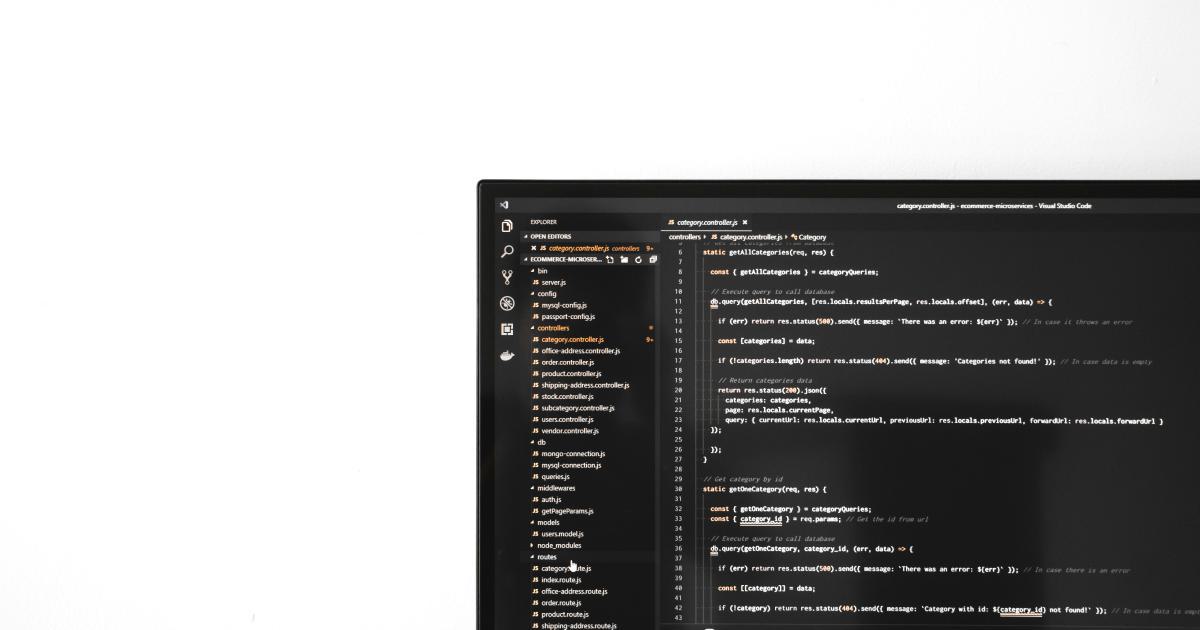
Unclear or Excessive Information
Overwhelming users with too much information or presenting it in a confusing manner can also contribute to frustration. This can include lengthy form fields, dense content layouts, or the absence of clear hierarchy and visual hierarchy.

Technical Issues
Technical problems, such as slow loading times, broken functionality, or unexpected errors, can quickly lead to user frustration. These issues disrupt the user's experience and can erode their trust in the product or service.

Lack of Responsiveness or Personalization
Users expect products and services to adapt to their needs and preferences. When a system fails to provide a personalized experience or respond to user actions in a timely manner, it can result in frustration.

Inconsistent or Unintuitive Design
Inconsistent design elements, such as varying styles, layouts, or interactions, can create a disjointed and confusing user experience. Likewise, unintuitive design choices that go against user expectations can also lead to frustration.
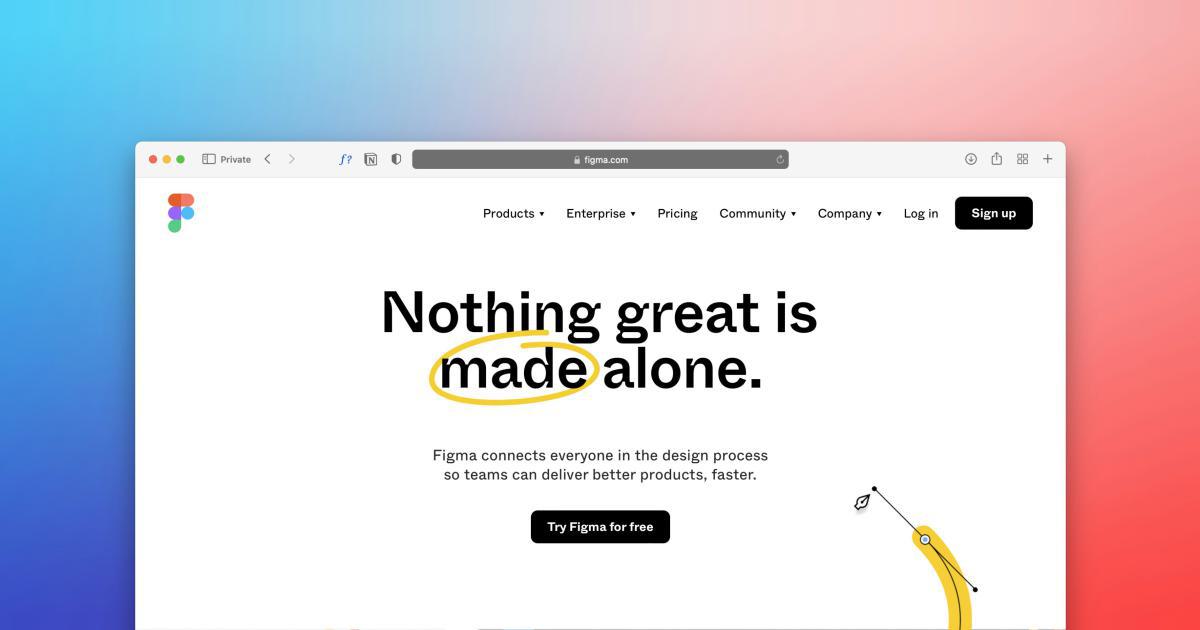
By identifying these common frustration triggers, designers and developers can proactively address potential pain points and create a more seamless and enjoyable user experience.
Measuring and Analyzing User Frustration
Effectively measuring and analyzing user frustration is crucial for identifying and addressing the underlying issues. Several methods and metrics can be used to gather insights into the user's experience and pinpoint areas of concern.
Behavioral Metrics
Tracking user behavior, such as bounce rates, session duration, and task completion rates, can provide valuable insights into the user's level of frustration. High bounce rates, short session durations, and low task completion rates may indicate that users are struggling to achieve their goals.
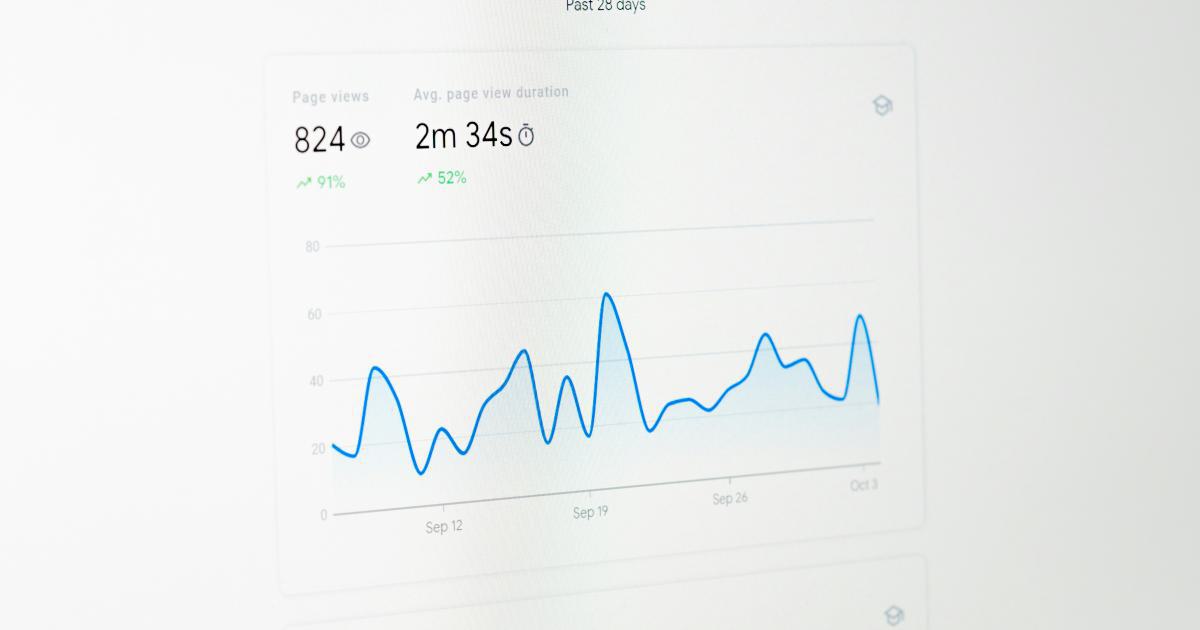
User Feedback
Collecting and analyzing user feedback, whether through surveys, reviews, or direct communication channels, can offer a more nuanced understanding of the user's frustration. Qualitative data, such as user comments and complaints, can help identify specific pain points and areas for improvement.

Usability Testing
Conducting usability testing, where users are observed interacting with a product or service, can reveal real-time frustration signals, such as hesitation, confusion, or abandonment of tasks. This approach allows designers and researchers to identify and address frustration points during the design and development process.

Heatmaps and Session Recordings
Tools like heatmaps and session recordings can provide a detailed view of user behavior, highlighting areas of the interface that are causing frustration. Heatmaps can reveal which elements are attracting the most attention or confusion, while session recordings can capture the user's actions and reactions in real-time.

Sentiment Analysis
Leveraging sentiment analysis tools can help quantify the emotional response of users, identifying both positive and negative sentiment. This can be particularly useful for analyzing user feedback and reviews, providing a more nuanced understanding of the user's experience.

By combining these various methods and metrics, teams can develop a comprehensive understanding of user frustration, enabling them to make informed decisions and implement targeted improvements to the user experience.
Addressing User Frustration: Strategies and Best Practices
Once user frustration signals have been identified and analyzed, the next step is to implement strategies and best practices to address the underlying issues and improve the overall user experience.
Simplify and Streamline the User Interface
One of the most effective ways to reduce user frustration is to simplify and streamline the user interface. This can involve:
- Decluttering the layout by removing unnecessary elements
- Organizing information and tasks in a clear and logical manner
- Ensuring visual hierarchy and consistency throughout the interface
- Implementing responsive design principles to provide a seamless experience across devices
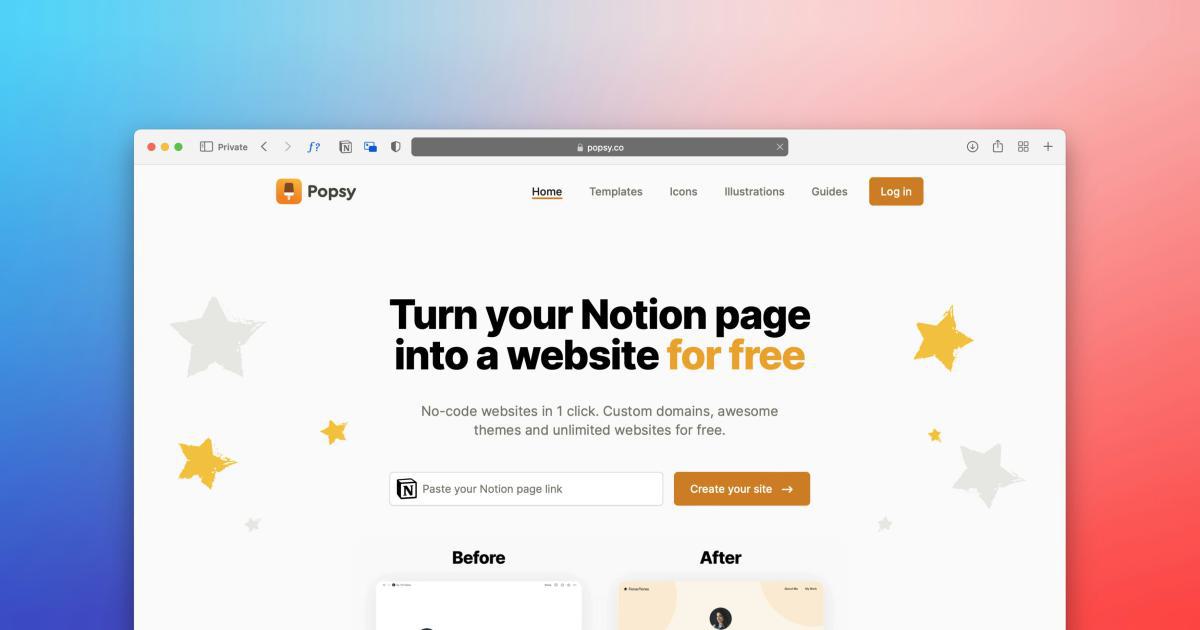
Enhance Navigational Clarity
Improving the clarity and intuitiveness of the navigation system can significantly reduce user frustration. Strategies for enhancing navigational clarity include:
- Developing a clear and intuitive information architecture
- Implementing a consistent and visually-distinct navigation menu
- Providing clear visual cues and signposting to guide users
- Incorporating search functionality to help users quickly find what they need

Optimize Content Presentation
Presenting content in a clear and concise manner can help alleviate user frustration. This can involve:
- Organizing content into logical sections and hierarchies
- Using clear and descriptive headings and subheadings
- Employing visual aids, such as images, infographics, and videos, to support the content
- Providing scannable content with short paragraphs and bullet points

Improve Responsiveness and Personalization
Enhancing the responsiveness and personalization of a product or service can significantly improve the user experience and reduce frustration. Strategies for this include:
- Implementing real-time feedback and updates to user actions
- Providing personalized recommendations and suggestions based on user behavior
- Allowing users to customize their preferences and settings
- Ensuring a consistent and seamless experience across all touchpoints

Ensure Reliable Technical Performance
Addressing technical issues, such as slow loading times or system errors, is crucial for reducing user frustration. Best practices for improving technical performance include:
- Optimizing website and application speed through techniques like code optimization, image compression, and content delivery networks
- Implementing robust error handling and providing clear, helpful error messages
- Regularly testing and maintaining the system to identify and address any technical problems

Foster Consistency and Intuitiveness
Maintaining a consistent and intuitive design across all touchpoints can significantly improve the user experience and reduce frustration. This can involve:
- Establishing and adhering to a strong brand identity and design system
- Ensuring consistency in visual elements, interaction patterns, and terminology
- Aligning the design with user expectations and industry best practices

By implementing these strategies and best practices, teams can effectively address user frustration and create a more engaging, efficient, and enjoyable user experience.
Continuous Improvement and Iteration
Addressing user frustration is an ongoing process that requires continuous monitoring, analysis, and iteration. As user needs and expectations evolve, the strategies and solutions implemented must also adapt and improve.
Regularly Gather User Feedback
Continuously collecting and analyzing user feedback is crucial for identifying new frustration points and refining existing solutions. This can involve regular user surveys, usability testing, and monitoring online reviews and social media conversations.

Conduct Iterative Usability Testing
Implementing an iterative usability testing process can help teams quickly identify and address frustration points. By testing prototypes or updated designs with users and gathering immediate feedback, designers and developers can make informed decisions and continuously improve the user experience.
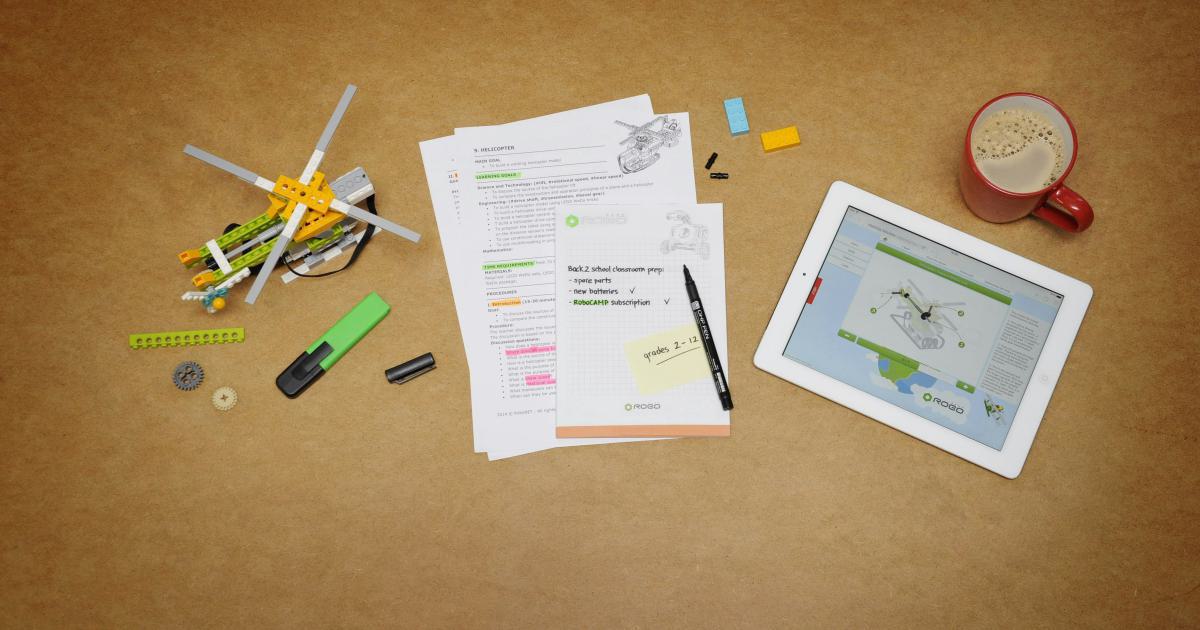
Analyze Ongoing Metrics and Data
Regularly reviewing behavioral metrics, user engagement data, and other relevant analytics can provide valuable insights into the effectiveness of the implemented solutions. This data-driven approach helps teams track progress, identify areas for further improvement, and make informed decisions.

Foster a User-Centric Culture
Cultivating a user-centric culture within the organization is essential for sustaining a focus on reducing user frustration. This involves aligning teams, stakeholders, and decision-makers around the importance of delivering a high-quality user experience.

By embracing a continuous improvement mindset and keeping the user at the forefront of the development process, teams can effectively address user frustration and create products and services that deliver a truly exceptional user experience.